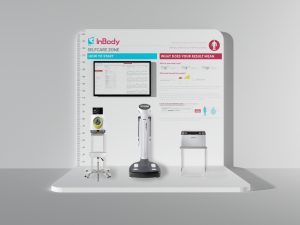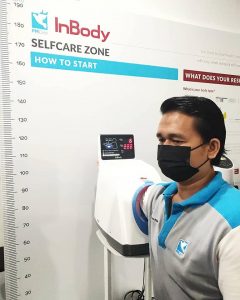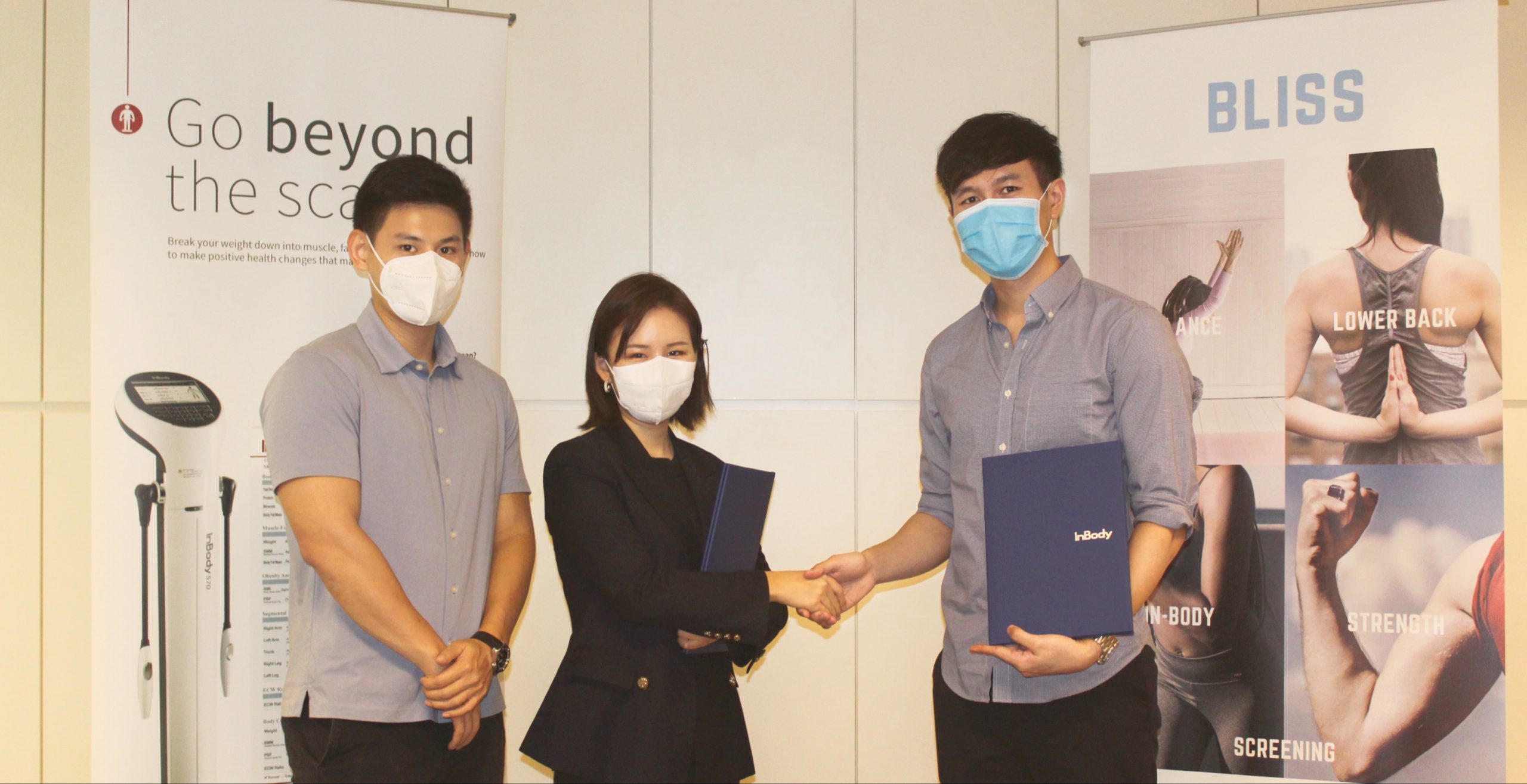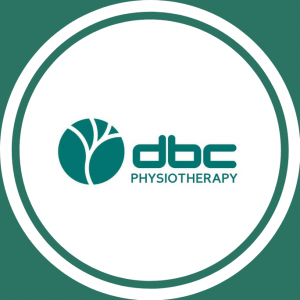What’s your step goal?
If you had asked someone about 10 years ago, you might have gotten a blank stare.
But with the explosion in popularity of fitness trackers and step counters, it is easy to step count. Step counting has become so popular that there is even an unofficial benchmark of 10,000 steps per day. Some fitness trackers have even called 10,000 daily steps the “magical number.”
While there’s no doubt it’s a great idea to increase your daily activity, the question remains: does walking 10,000 steps help lose weight? Let’s find out what science says.
Do I need to reach a goal of 10,000 steps a day to lose weight?

Some claim that individuals can lose a pound of fat a week just by taking 10,000 steps a day because of the potential to burn 3,500 calories from walking. As a general rule of thumb, a pound of fat contains around 3,500 calories. If you create an average caloric deficit of 500 calories over 7 days, that’s equal to 3,500 calories—good for a pound of weight loss per week.
Unfortunately, that calculation of ‘10,000 steps a day = 3,500 calories burned a week’ uses a specific body type, so this may not apply to you.
To understand why, let’s break this claim down.
How many calories do you burn from 10,000 steps?
Any estimation of how many calories you burn from an exercise like walking or running depends on how heavy you are. On average, heavier people use more energy to move than lighter people. Most rough estimates revolve around 100 calories burned per mile for a 180-pound person.
How many miles are 10,000 steps? On average, 10,000 steps are going to come out to be roughly 5 miles. So assuming you weigh 80kg pounds, then yes, by simple mathematics, 100 calories x 5 miles equals 500 calories. Over a week, that becomes 3,500 calories.
But if you are lighter or heavier, you will burn less/more calories while taking the same number of steps or walking the same distance.
If you were 55kg, in that same mile you would only burn 60 calories. Calculate that over a week and that only becomes 2,100 calories, meaning that you are 1,400 calories short of reaching that 3,500 calorie goal.
How Far is 10,000 Steps: Walking Speed and Distance
Before you decide to put in the distance and time, do not forget about speed. Even if you are at that 180-pound range, the calories you burn from walking depend on the intensity, or speed, of your walk. The average walking speed is about 3 miles per hour and according to the Mayo Clinic, the number of calories you’ll burn depends on your walking speed.
For a 180-pound person, a leisurely 30-minute walk at 2 mph yields a burn of 102 calories, but walk at a more moderate intensity (3.5 mph) in the same 30-minute walk and the calorie burn increases by 54% to 157 calories.
Why? It’s simple—the faster the pace, the greater your heart rate, and the more calories you can burn covering the same distance. The sources that suggest you can average a weight loss of a pound a week from walking typically assume you walk at the pace necessary to cover the estimated 5-mile distance.
If you deviate from either of the above conditions, your results may differ.
But even if you reach 10,000 steps, all of that effort can almost entirely be irrelevant if you aren’t careful—weight loss from walking largely assumes your caloric intake stays stable.
You Can’t Walk Away From Your Diet

There’s no doubt that walking leads to more calories burned throughout the day. However, without understanding your net caloric balance, walking 10,000 steps, 15,000 steps, or even 20,000 steps a day might not be enough to cause any meaningful fat loss or improvements in body composition.
To achieve fat loss, you need to burn more calories than you get from your food. That’s called a caloric deficit.
For example, let’s say that you need 1,800 calories a day to maintain your current body weight, but you have a daily caloric intake of 2,300. Assuming your 10,000 steps equal 500 calories burned (which, as shown above, is far from guaranteed), you’d only be bringing yourself to a net caloric balance of zero, meaning the 10,000 steps you are taking are only helping you maintain your current weight, not lose the weight.
To better explain, let’s look at two examples.
Example 1: No Fat Loss with Caloric Balance
For our 180-pound person, they burn 1,800 calories naturally (a.k.a. their metabolism) throughout the day. Add 500 calories from the 10,000 steps walked, and we are now at 2,300 total calories burned.
Calories Naturally Burned (1,800) + Calories Burned from 10,000 steps (500) = 2,300 Total Calories Burned (TCB)
Now imagine that person has a caloric intake (food consumed) of 2,300.
2,300 (Total Calories Burned) – 2,300 (Caloric Intake) = 0 (Caloric Balance)
Caloric Balance means no weight change (and no fat loss).
Example 2: Fat Loss with Caloric Deficit
Now, imagine if you kept careful watch of your diet and kept your caloric intake at 1,800 a day.
2,300 (Total Calories Burned) – 1,800 (Caloric Intake) = 500 (Caloric Deficit)
With a caloric deficit by walking 10,000 steps and eating less, that individual can now burn fat.
If you kept that up for 7 days, theoretically, you could expect a weight loss of a pound of fat in a week, but there would be no way to know if you can expect results like this without getting an estimate of your Total Daily Energy Expenditure (TDEE) and Basal Metabolic Rate (BMR).
You can read up on how to learn what your BMR is and how to use it to get yourself into a caloric balance.
Every Journey Begins With A First Step – Make It Count!

There’s no question that there are enormous health benefits to increasing your activity level through moderate exercises like walking, even if they don’t lead to weight loss. A 2010 study has shown that walking more has many positive health benefits, including improved cardiovascular health, cholesterol level, fitness ability, and many other variables that contribute towards healthy living.
Researchers found that walking every day for 30 minutes can lower the risk of developing high blood pressure, heart disease, high cholesterol, and diabetes.
It’s safe to say that almost everyone reading this article would likely benefit from increasing physical activity and adopting a healthy habit like a daily brisk walk. It is a great way to reach the recommended 150 minutes of moderate intensity aerobic exercise per week.
But if weight loss is your mission, you must understand how weight loss occurs so you can set goals to help you achieve it, and that includes putting goals like walking 10,000 steps a day into context.
Weight loss occurs when you’re in a caloric deficit. If your calories in/out are in balance, you can’t expect much change. You’ve got to get out of balance for change to happen, and the easiest way to do that is by increasing physical activity and decreasing your caloric intake.
Setting and achieving a daily goal like 10,000 steps can be a great way to increase your activity level, create a healthy lifestyle, and improve your overall health. You can add walking as a warm-up before a strength training workout, or it can be a workout by itself.
But before you set any fitness goal like walking 10,000 steps, take a minute to understand what you’re embarking on.
Remember the old Chinese proverb, “A journey of a thousand miles begins with a single step.” Make sure each step, from the first to the 10,000th to the 100,000th, has a purpose”.




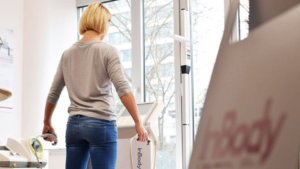
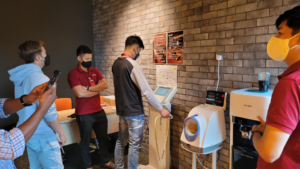





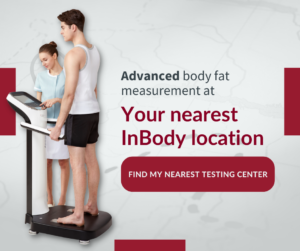
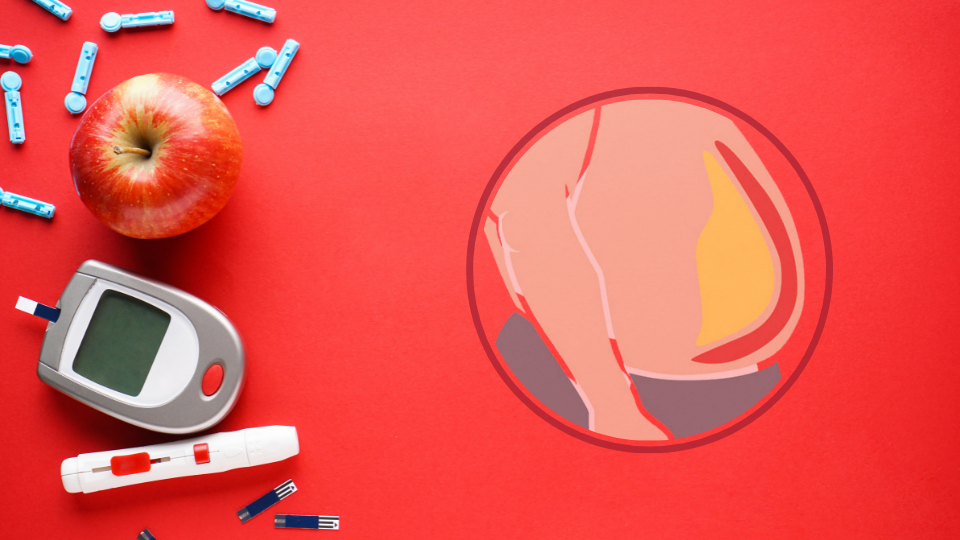

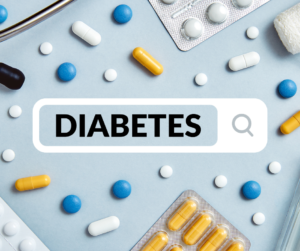
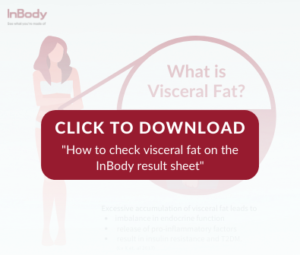









 These core issues, mainly because most people do not practice healthy lifestyle and conduct regular medical checkups to understand their health condition.
These core issues, mainly because most people do not practice healthy lifestyle and conduct regular medical checkups to understand their health condition.